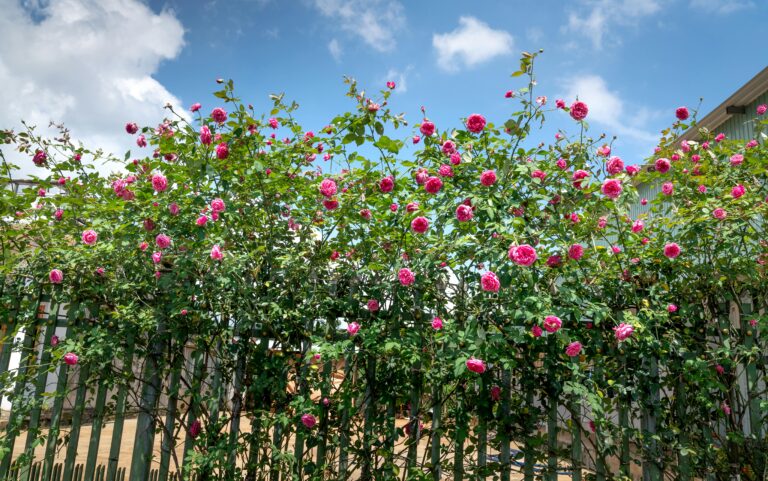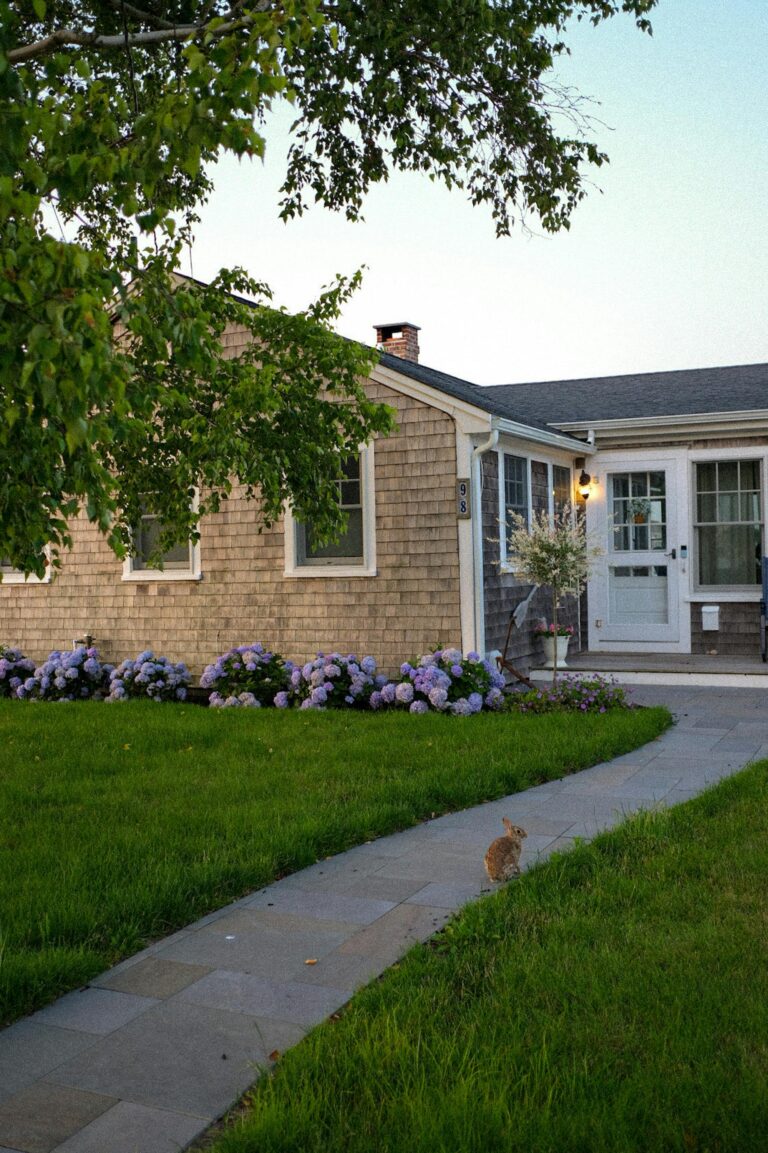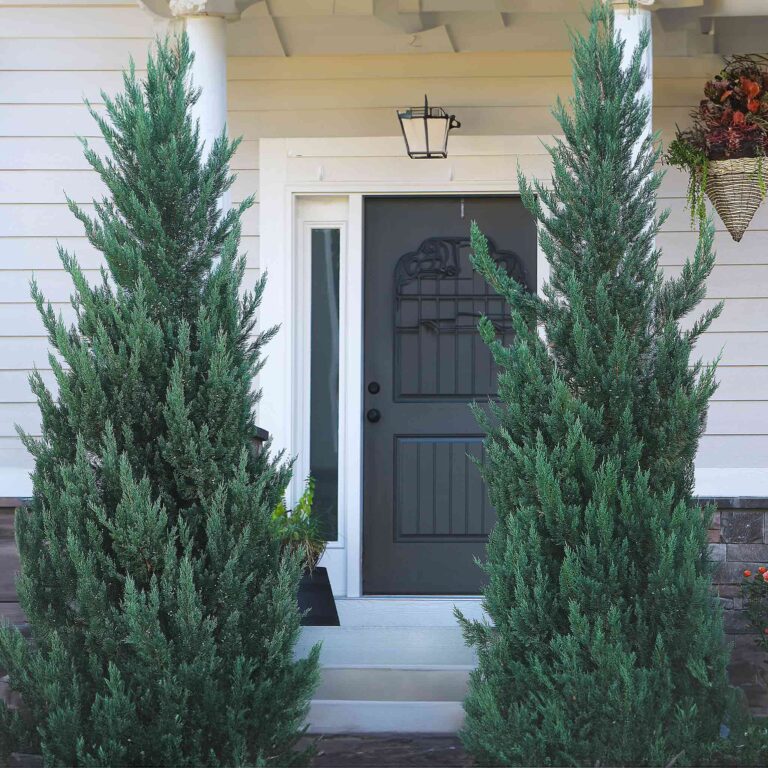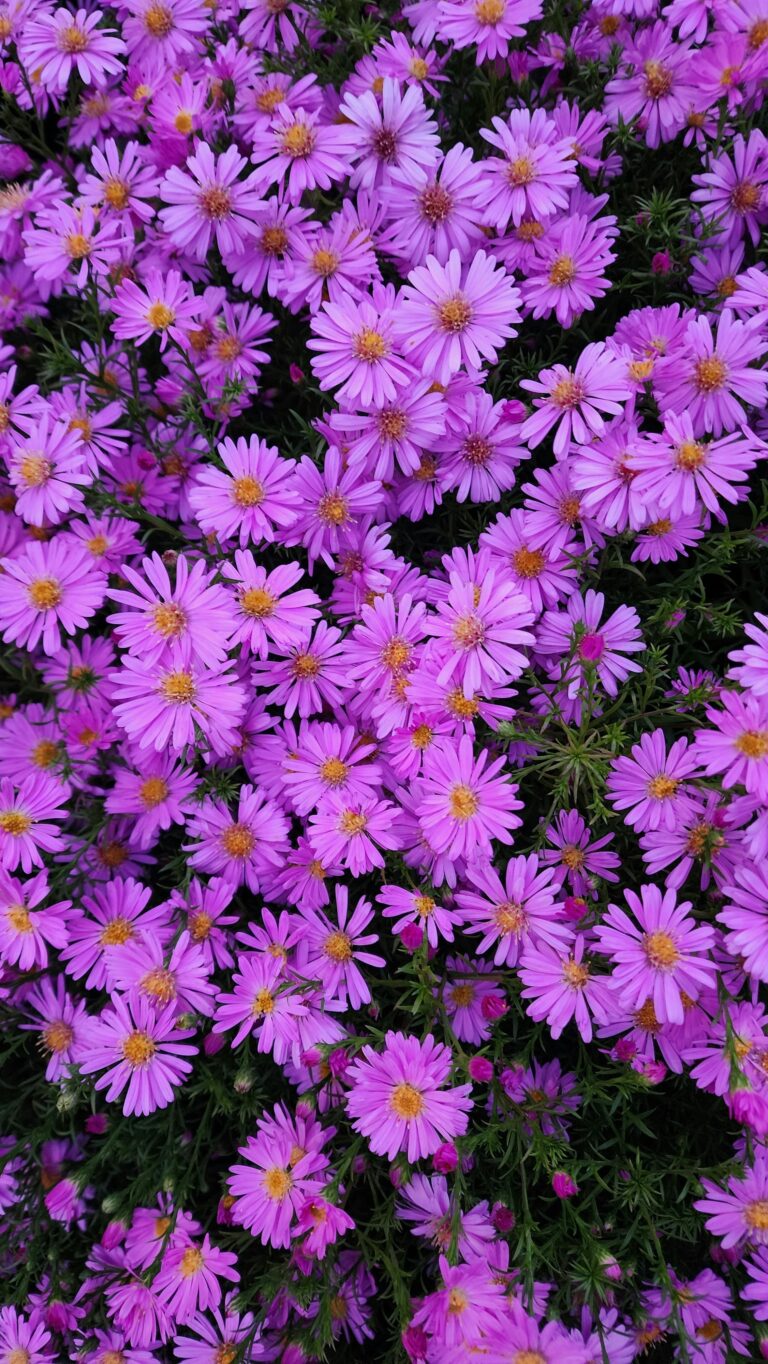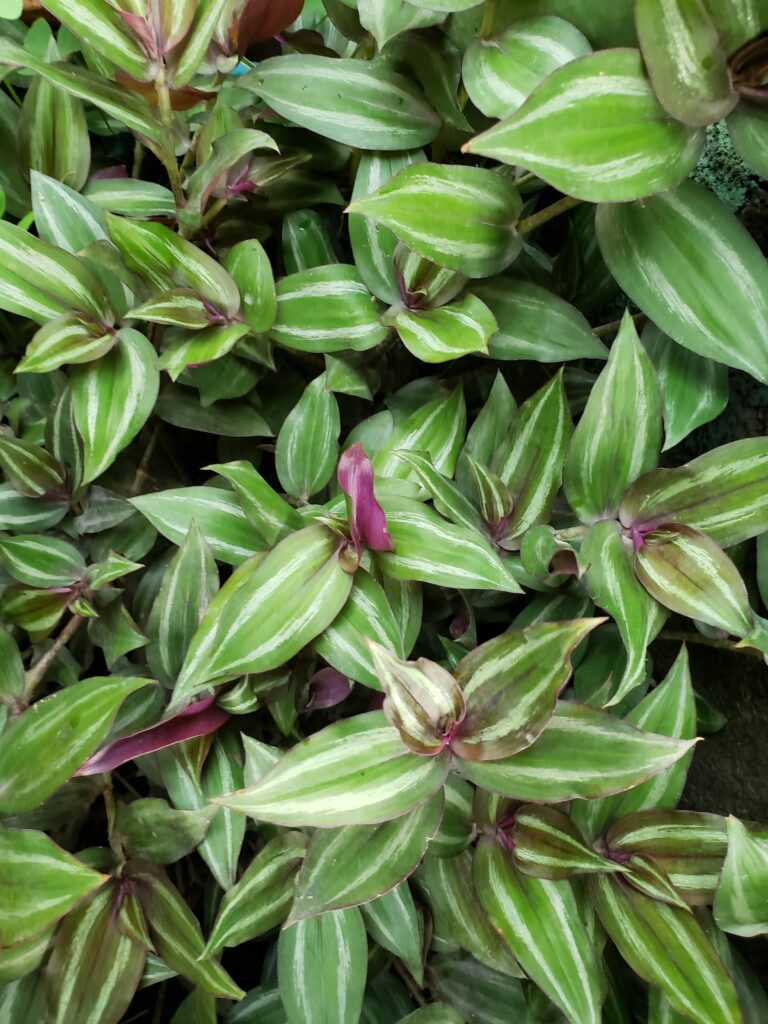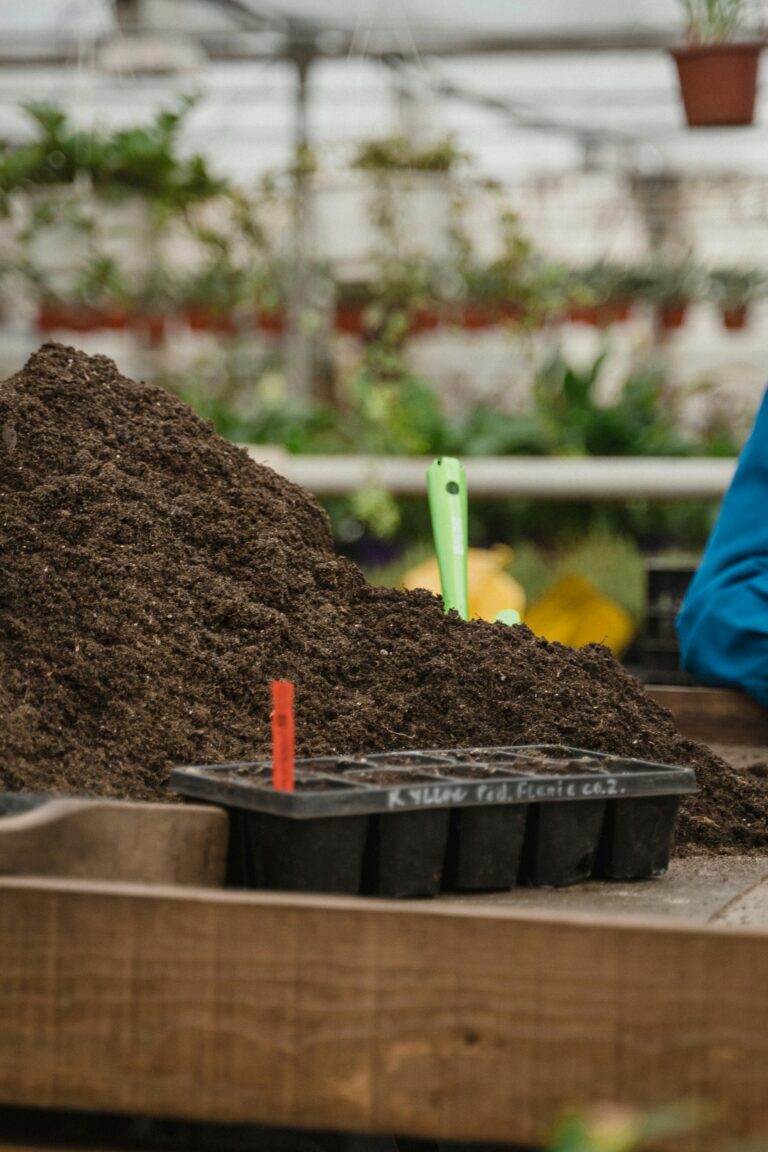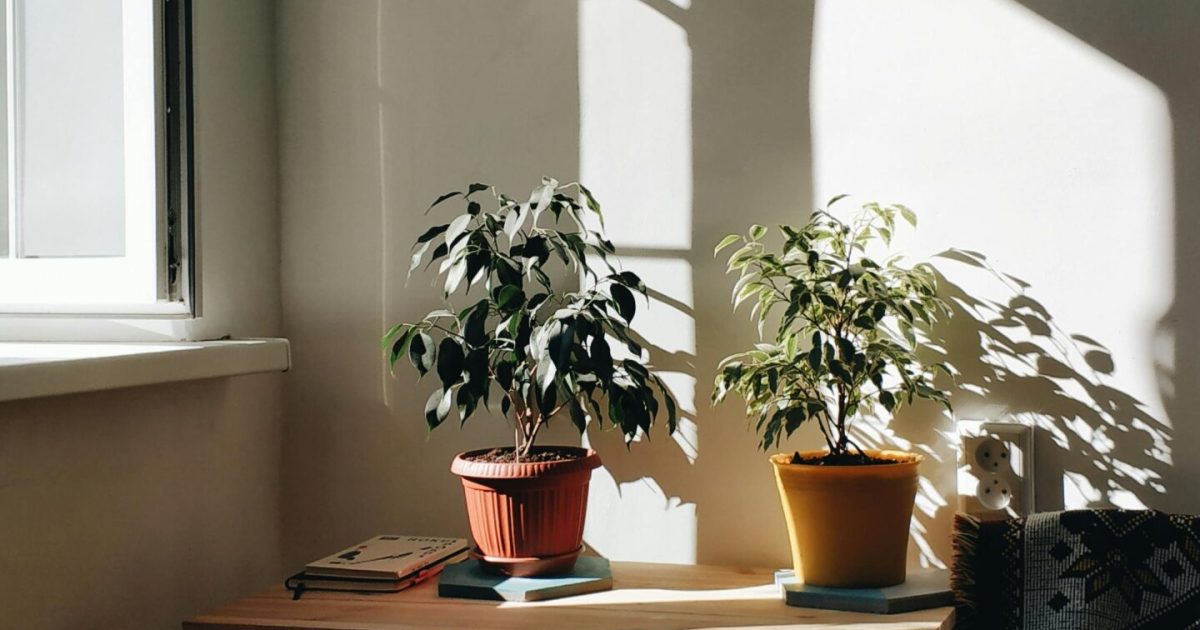
When it comes to keeping your plants happy and healthy, sunlight is right at the top of the list. As a gardener with five years of experience, I’ve learned the hard way that getting the light just right can make all the difference between a thriving plant and one that’s struggling. Let me walk you through everything you need to know about sunlight for your indoor plants—whether you’re in the US or UK!
Why Sunlight Matters for Plants
Plants need sunlight for photosynthesis, a process where they convert light, water, and CO2 into energy (glucose). This energy is what fuels growth, helps them bloom, and keeps them healthy. Without enough light, plants can’t produce the energy they need to thrive, and too much light can do more harm than good.
How Much Sunlight Does My Plant Need?
The amount of light your plant needs depends on its type and origin. Some love basking in the sun all day, while others prefer shadier spots. Here’s a simple breakdown to help you understand the light needs of different plants:
1. Sun-Loving Plants
These plants thrive in direct sunlight and love being near sunny windows or in rooms that get a lot of bright light. Think of them as the sun worshippers of the plant world!
- Examples: Aloe Vera, Bird of Paradise
- Light Requirement: 6-8 hours of direct sunlight every day.
- Ideal Spot: Place them near a south-facing window if you’re in the Northern Hemisphere. They do best when they get direct light, especially in the afternoon.
Pro Tip: Rotate your sun-loving plants every few weeks to ensure all sides get equal sunlight. Otherwise, they might start leaning toward the light source.
2. In-Betweeners (Bright, Indirect Light Plants)
Most indoor plants fall into this category. They love bright, indirect light and can tolerate some direct light in the morning or late afternoon. These are the perfect plants for homes that have plenty of natural light but not too intense.
- Examples: Blue Star Fern, Bonsai Ficus, Calathea Triostar
- Light Requirement: 4-6 hours of indirect sunlight or a mix of direct morning light and shade.
- Ideal Spot: Place them near an east-facing window, where they can enjoy soft morning sun but avoid harsh afternoon rays.
Pro Tip: These plants love bright but not intense light. If you notice brown spots or crispy edges, they’re getting too much direct sunlight. Move them slightly away from the window to filter the light.
3. Shade Lovers (Low Light Plants)
Shade-loving plants thrive in light shade and prefer less intense light. They’re great for areas of your home where sunlight is limited, like corners or rooms that don’t get direct sun.
- Examples: Cast Iron Plant, Peace Lily, Heart Leaf Philodendron
- Light Requirement: 2-4 hours of indirect light or dappled shade.
- Ideal Spot: They do well in north-facing rooms or towards the back of a south-facing room, away from the window.
Pro Tip: These plants may not grow as quickly, but they’re great for areas that other plants can’t handle. They’re low maintenance, and the lower light needs mean less fuss overall.
Golden Rules for Sunlight
Here are a few golden rules I’ve learned to keep in mind when thinking about your plant’s sunlight needs:
1. Know Your Home’s Light Conditions
Before buying a plant, think about where you plan to put it. Do you have a sunny window? Or are most of your rooms a bit dim? Understanding the light conditions in your home will help you choose the right plant for the right space.
2. React to What Your Plant Tells You
Plants are great at giving you signals. If they’re getting too much light, their leaves will start to look scorched, crispy, or faded. Too little light, and you’ll notice your plant leaning toward the window or developing weak, spindly stems.
- Too Much Light: Soil dries out too quickly, leaves look burnt, brown spots appear.
- Too Little Light: Leaves droop, stems become weak, the plant might lean towards the light source.
3. Seasonal Changes
Don’t forget that sunlight levels change with the seasons. In the summer, your plants might need to be moved away from direct sunlight, as the rays become more intense. In the winter, you might want to move them closer to the windows to soak up as much sun as possible.
Pro Tip: In winter, even sun-loving plants can tolerate a bit more indirect light as the sun isn’t as intense. Be flexible with your plant placement based on the season.
4. Clean Your Plant’s Leaves
Dust can block sunlight from reaching your plant’s leaves, making photosynthesis less effective. Every couple of weeks, gently wipe the leaves with a damp cloth to keep them dust-free and able to soak up all the light they need.
5. Supplement with Grow Lights (If Necessary)
If you live in an area that doesn’t get much sunlight, or if you have rooms with no windows, consider using grow lights to help your plants thrive. These lights mimic the sun’s rays and can be a lifesaver during dark winters or in homes with limited light.
Wrapping Up: How to Find the Perfect Light for Your Plants
Getting the light right for your plants isn’t as hard as it seems. The key is understanding your plant’s needs and adjusting based on the light conditions in your home. By keeping an eye on your plants, reacting to the signals they give you, and making small adjustments based on the season, you can keep your indoor garden happy and thriving.
And remember, if you’re ever unsure, it’s always better to underexpose your plant to direct sunlight than to give them too much. Plants can recover from too little light easier than they can from sunburn!
Happy gardening, and here’s to many sunny days (or shady ones!) ahead for you and your plants! 🌿

